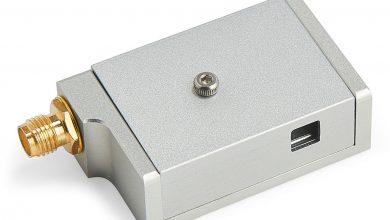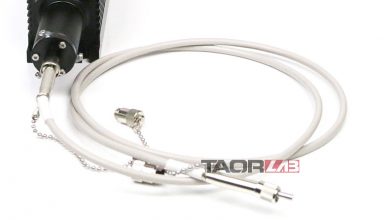Laser Tech
Spatial Light-Single Mode Fiber Alignment Deviation Coupling Efficiency
In an actual free-space optical communication system, the transceiver has a certain alignment error. The angle of light incident on the antenna is changing. The effect on the spatial light-fiber coupling is mainly as follows: the focus moves on the end face of the fiber, resulting in a reduction in the amplitude matching between the diffracted light field and the end face of the fiber, and increased loss. Due to the small range of the incident angle, there is only a small phase factor that differs from normal incidence, and this effect can be ignored. The electromagnetic field distribution on the fiber end face is a zero-order Bessel function, and is generally approximated by a Gaussian distribution:

Where Xoffset is the offset distance of the spot center. Since the mode field of the fiber end face is symmetrical about the central axis, it is sufficient to consider the offset in the x direction. The electromagnetic field distribution at the focal point is the same as in formula (2). When the light spot deviates from Xoffset in the x direction and does not deviate in the y direction, the space light-single mode fiber energy coupling efficiency is:
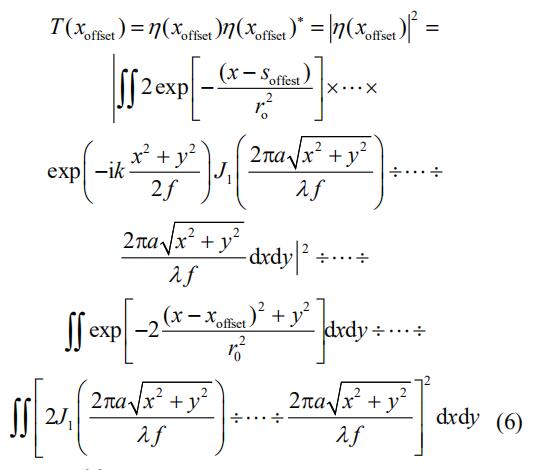
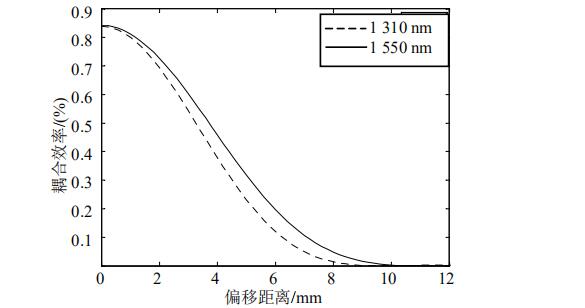
Figure 2 Curves of coupling efficiency and spot shift distance
The coupling attenuation curve of the alignment deviation in Fig. 2 is similar to the Gaussian curve, so the Gaussian curve of the light field at the end of the single-mode fiber is used to fit this curve, and the agreement is quite good. Therefore, when considering the problem of the decrease in coupling efficiency caused by the deflection of incident light, a Gaussian curve of the light field on the end face of a single-mode fiber can be used as the engineering approximate attenuation calculation curve, as shown in Figure 3.
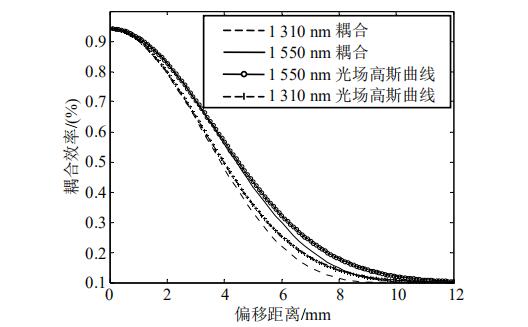
Figure 3 Gaussian light field curve with fiber end-face coupling

